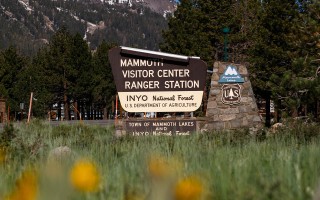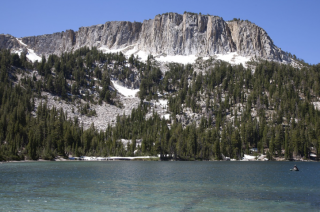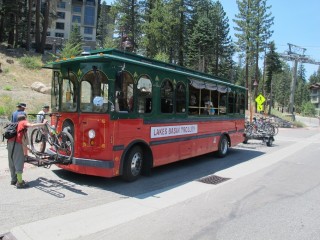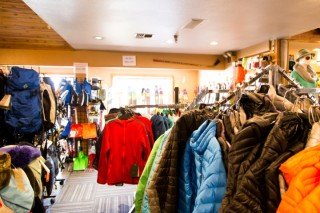Plan Your Adventure
More Posts Like This

Activities
30 Unique Things to Do in Mammoth Lakes this Summer
No matter your interests or ability level, this iconic Eastern Sierra mountain town has something for everyone.
Learn More

Activities
Ultimate Guide to Camping In Mammoth Lakes
With more than 800 campsites in the Mammoth Lakes area, the region is a top destination for camping. You’ll find campgrounds near popular hiking trailhead, along the lake shores, on the creeks and rivers, and tucked beneath tall mountains.
Learn More

Activities
6 Ways to Camp Responsibly in Mammoth Lakes
Learn more about how to be a responsible camper when you visit Mammoth Lakes.
Learn More





